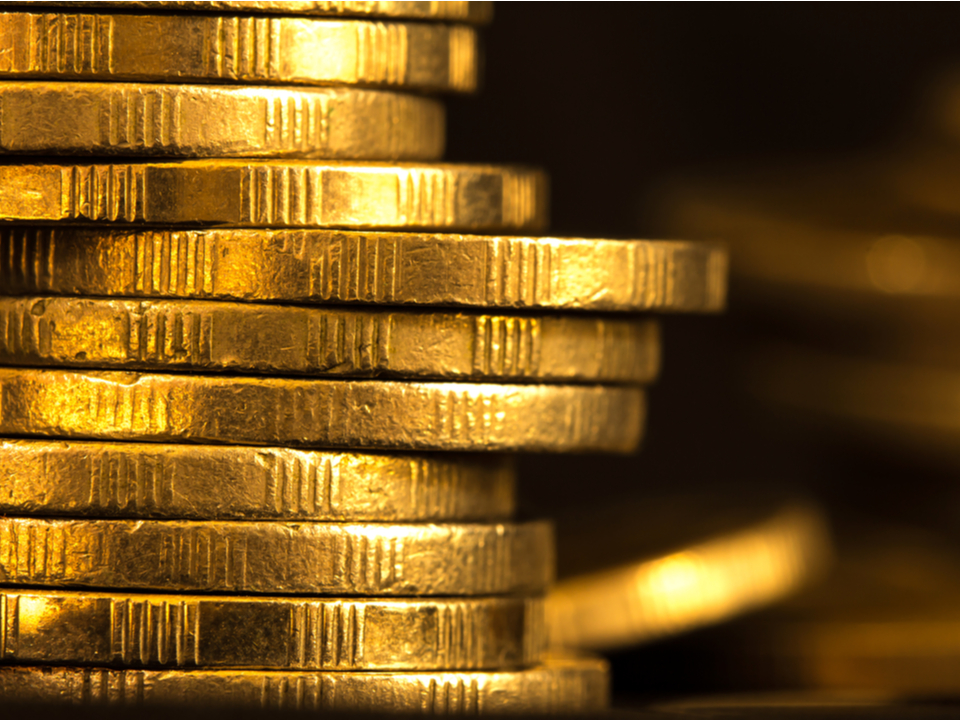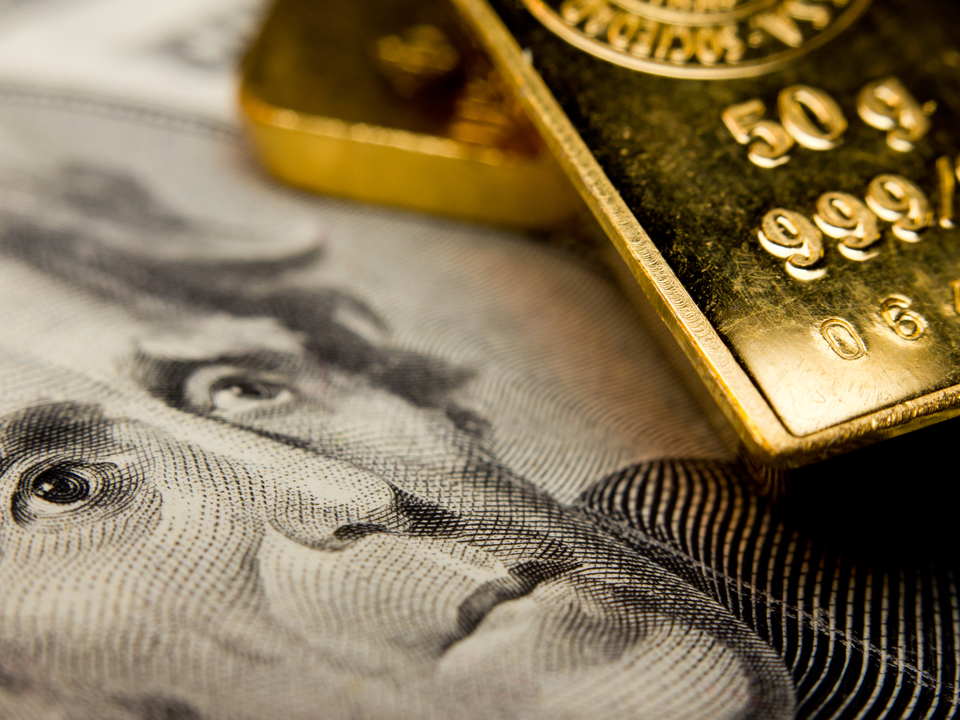Gold remains one of the oldest commodities known to humankind. For some, this precious metal is a treasure. To others, it represents financial stability as it makes for a great investment. This commodity also has a price that fluctuates like other forms of exchange, such as the euro and the American dollar. Still, regardless of its value, gold is not a currency.
Of course, many may disagree with this statement. After all, at one time, gold became one of the principal forms of currency and could even purchase items in the United States. But that was over a hundred years ago.
In this article, we will explore the history behind this precious metal. We’ll also thoroughly explain why gold cannot be used as currency.
Why Is Gold So Valuable?
The high esteem and value placed on gold date back to ancient civilization. It represents the first precious metal ever known to humans. Because of its rarity and beauty, gold became a coveted possession quickly associated with wealth, glamour, and honor. In ancient times, people also used gold to create jewelry and idols that they worshipped as gods.
Gold even has value in a metaphorical sense. Just think. It’s an honor to receive a gold medal for winning a contest. It’s also a compliment to be told that you have a “heart of gold.” Exchanging gold bands symbolizes love and commitment in several cultures.
Gold even inspired the concept of the monetary system. In 700 BC, the first standardized gold and silver coins were made, which quickly replaced bartering arrangements, making trade so much easier. King Croesus improved gold refinement methods and established the first international gold currency.
Today, many still consider gold a highly valued commodity. Central banks and financial institutions store this precious metal as a reserve.
Why Isn’t Gold Considered Currency?
Gold cannot meet the economic definition of “currency” in this modern era and probably never will. For something to be considered a currency, it must meet the primary functions of money, which means it has to be durable, portable, and difficult to duplicate and must have a store of value.
Gold Isn’t Portable
Take a moment and think about how money functions today. Paper currency can make purchases in its current form through a check, people can transfer it electronically, and they can also store it on a plastic card and swipe it to make payments. It’s impossible to use gold as currency with modern payment mechanisms.
Gold Is Fragile and Easily Counterfeited
Let’s consider another reason gold can’t serve as a currency—it isn’t the most durable material, which may come as a shock to some people. Although strong, it stands out as the most malleable type of metal. Pure gold will crumble under normal day-to-day stresses. Compared to paper money, a skilled counterfeiter would find it easy to duplicate gold currency. It would take cutting-edge technology to come close to recreating modern paper money.
Gold Isn’t a Unit of Account
The second characteristic of currency ensures it acts as a unit of account, making it simple to measure. When you open your banking statement, you can see the amount of money deposited, how much money you withdrew, and you can even use tools to analyze your expenses.
When it comes to money substitutes like gold, it’s difficult to measure its unit of account. If you were to pay for something with gold, determining how much you spent compared to your other transactions would be complex.
Gold Pricing Is Subject to Erratic Fluctuations
The price of gold wildly fluctuates just like a commodity, based on supply and demand. Shortages of gold-based money would be inevitable, and recessions would likely occur more often, followed by booms of economic prosperity when the supply comes back. Gold is too unstable to be an actual currency.
Understanding the Gold Standard

It’s impossible to talk about gold and currency in the same sentence without acknowledging the gold standard. The gold standard was a former monetary value system in which it directly linked currency to the value of gold. The standard currency used under this system was silver and gold coins and paper notes that individuals could redeem for gold.
Several countries adopted the gold standard. When countries used the gold standard, they based the value of their paper money on a fixed amount of gold. For example, if the United States set the current price of gold to $400, under the gold standard currency value system, the value of a dollar would be 1/400th of an ounce of gold.
Enacted in 1900, the purpose of the Gold Standard Act was to regulate how much money the government printed and help them preserve gold. Among the most significant advantages of the gold standard system was its ability to limit price inflation, which led to greater certainty in international trading.
During the Gold Standard era, gold was extremely valuable in international trade. Countries would use physical gold to settle debts, and the nations that could accumulate massive surpluses could use it to pay for exports. Nations even used gold to fund wars.
The Fall of the Gold Standard
World War I exposed the vulnerabilities of gold currency. Yes, during World War I, many countries temporarily suspended the gold standard because of a limited gold supply so that they could print more money to pay for the war, which led to high inflation rates.
They abandoned the gold standard when the stock market crashed and the Great Depression hit, resulting in a series of economic hardships. As a result, investors begin to trade commodities and currencies. When the banks collapsed, people lost their faith in financial institutions and began holding on to their gold rather than banking it out of fear.
After the Great Depression, the United States moved away from the gold standard, prohibiting citizens from owning private gold currency. For several years, the conversion of dollars to gold currency would only take place during international transactions with foreign countries.
During the Nixon administration, gold currency rose $35 per ounce. The Federal Reserve could no longer redeem gold for dollars, but foreign countries could. The gold standard had essentially become meaningless, and the country was dealing with major inflation problems.
As a result, in 1971, President Richard Nixon devised an economic policy that halted the dollar convertibility to gold, thereby officially ending the gold standard. President Nixon implemented this policy to limit the amount of gold foreign countries could get from the United States.
Why Gold Cannot Be Used as Currency Ever Again
In light of concerns about the U.S. dollar’s strength and the possibility of its devaluation, many people are pushing for the economy to go back to the gold standard. Yet, we can say with confidence that it likely will not happen.
Gold as a currency has proven to be volatile, and experts believe that such a system would not survive in today’s economic climate. Let’s review the reasons why.
The Country Becomes Too Reliant on the Supply of Gold
One drawback of gold serving as a currency is that the country’s economy becomes dependent on the supply of gold. Hence, the gold production rate would determine the money supply. This would put countries with scarce gold supply at a competitive disadvantage.
Additionally, explosive growth in gold stocks would ultimately lead to inflation because the economy wouldn’t grow at the same speed. During the Great Depression, gold standard banks could not expand credit fast enough to counteract deflation.
The Gold Standard Limits Economic Growth
When a country becomes more fruitful, resourceful, and grows in terms of economic capacity, the money supply should reflect this productivity. However, when the economy relies on gold, the supply and demand of gold ultimately determine its ability to incur more capital and grow.
Countries Become Fixated on Preserving and Accumulating Gold
During the Gold Standard era, countries were more fixated on saving their gold rather than improving their business climate. During the Great Depression, the U.S. Federal Reserve mainly focused on raising the interest rates so that dollars would be more valuable and people would be less concerned with gold. They could have saved the country from this economic downfall sooner if they had lowered interest rates to stimulate economic growth.
The Bottom Line

Gold has been a source of fascination for mankind for well over 5,000 years, and rightfully so. There is nothing like this unique, precious metal. Although it no longer serves as a currency, it’s still highly valued. Today, people buy gold for investment purposes. The market value of gold depends on its demand. Gold is a major financial asset for central banks around the world and in many countries.
These days people are less focused on why gold cannot be used as currency and more about how to properly invest it. Here at Oxford Gold Group, we have helped thousands of people capitalize on gold investment opportunities. We employ investment strategies that are unique to each client’s individual needs. Contact us today to schedule a consultation and discuss how we can help you expand your investment portfolio.





